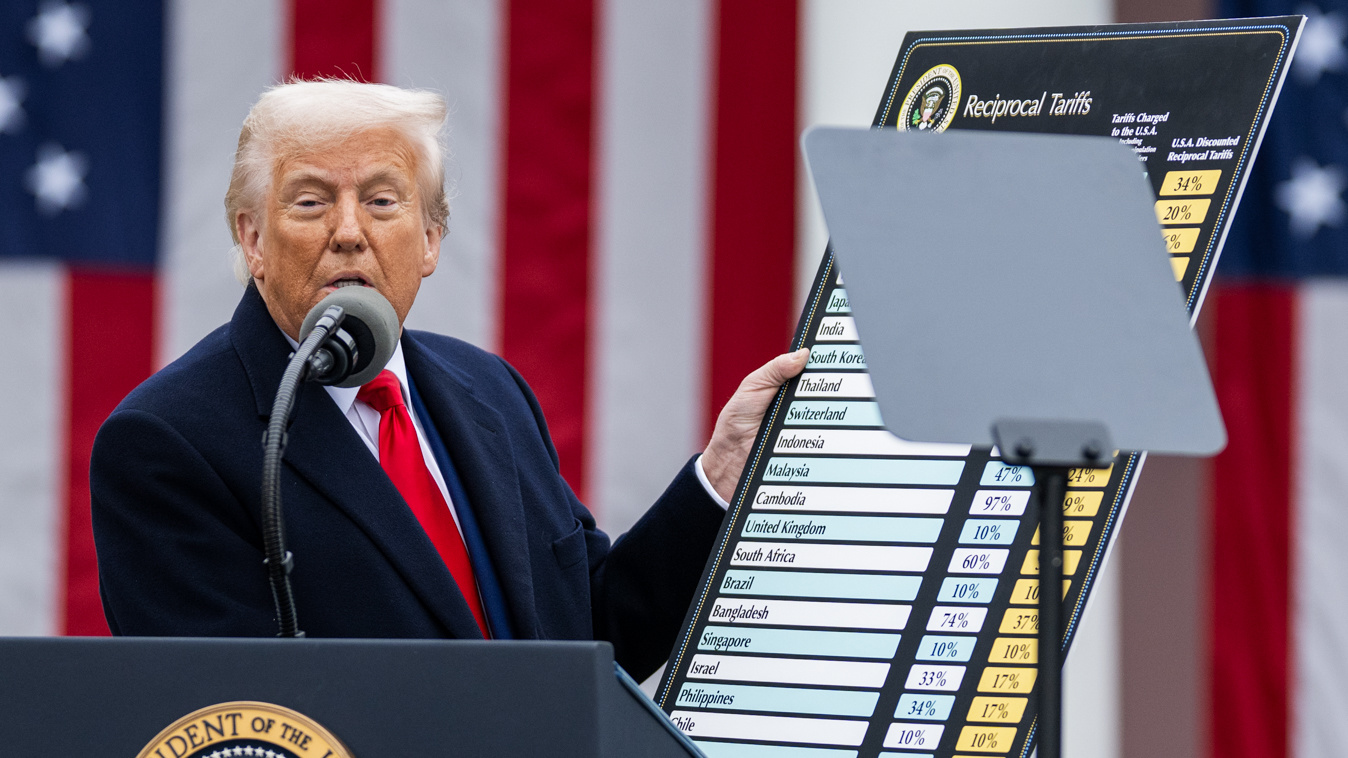
In the United States, the domestic steel industry is in the midst of a major crisis as they try to deal with waves of imports that seem to flow directly (i.e., imports from China) and indirectly (i.e., from other countries facing import challenges from China in their home markets and hence expanding their exports) from massive excess capacity in China and in other countries. A large number of trade remedy cases have been started in the US in 2015 on corrosion resistant steel, cold rolled sheet, hot-rolled sheet and various types of pipe and tube products. More cases seem certain to follow as problems in other parts of the steel sector are identical to those that have led to the recent rush of cases.
[ by Terence P. Stewart | November 23, 2015 | stewartlaw.com ]
The U.S. steel industry is not alone, as the sector is in crisis around much of the world. The recent closure of steel facilities in the United Kingdom has led the EU to scramble to determine how to address the problem of Chinese overcapacity despite a number of ongoing investigations. Similarly, cases on different steel mill products from various countries have been filed in the last year or two in many other countries as well (e.g., EU, Australia, Indonesia, Thailand, Russia, Canada, Mexico, Malaysia, Turkey).
The story is being repeated in the aluminum sector as well with many unwrought aluminum facilities being closed in the US and other western countries in recent years and some trade cases being filed. Indeed, Alcoa recently announced the idling of three facilities in the US (New York and Washington) with a capacity of more than a half million tons – a significant portion of the remaining capacity in the United States. The problem again flows from massive excess capacity in China.
In both sectors, the underlying facts are similar. In the late 1990s, Chinese capacity amounted to 10-15% of global capacity. With massive government incentives, state ownership and support, by 2014 each industry had ballooned to have more than half of global capacity having accounted for nearly 80% of global capacity expansions. China’s excess capacity in each sector is enormous – in steel exceeding total consumption of steel in the EU and the US – with utilization rates as low as 70%. Import surges of 50-100% have been seen in a variety of products as a result.
These are not the only sectors in China with massive excess capacity. Indeed, the Chinese government has recognized that as many as nineteen sectors are characterized by serious excess capacity. Other sectors not identified by the government have also experienced extraordinary capacity expansions with the result of ballooning exports to the world, putting enormous pressure on global markets.
While the central government has announced various programs and efforts to consolidate industries and eliminate excess capacity in the nineteen sectors, the reality in country has often been that despite efforts to close some facilities, additional capacity continues to be added. “In all, while Chinese producers have closed 3 million tons of annual aluminum-producing capacity since 2010, they have added an additional 17 million tons worth”. (Wall Street Journal, November 10, 2015, (“Rising Chinese Production Keeps Lid on Aluminum Prices”).
Local governments, with obvious concerns for employment, also interfere to prevent the central government’s efforts to close facilities. For example, in aluminum, China’s largest producer, Chalco, announced plans to close 530,000 tons of capacity in Liancheng, only to reverse its decision in large part after the local government ponied up additional subsidies (capacity reduction of 150,000 tons). Wall Street Journal, November 10, 2015 (Rising Chinese Production Keeps Lid on Aluminum Prices)
As the Chinese government has recognized, the existence of these types of problems in so many sectors flow from a number of causes including state incentives and lagging market reforms. “This has led to distortions in the prices of the factors of production, an insufficient market environment of fair competition, an inability of market functions to effectively play their role, no smooth channels for the exit of backwards capacity, and incessant intensification of the contradictions of overcapacity.” State Council Opinions on Eliminating Overcapacity (2013).
Tools Available Are Ill-suited to a Rapid Resolution
The root cause of the problem of such massive excess capacity is the economic system within China, the continued heavy state involvement and resulting distortions. The price is paid not only within China through wasted resources but through massive dislocations in other countries whose companies operate on market principles and can’t maintain operations in such circumstances. Such is not supposed to be the outcome of the global trading system, but China’s economic approach doesn’t fit well within global trade rules as they exist and China has not shown a willingness to either complete its economic reforms or permit the global trade rules to be adjusted to address the particular distortions created by China’s system.
Traditional trade remedies are micro-tools in nature and can at best protect individual home markets, often requiring several rounds of cases on the same product in a given country where serious excess capacity remains in play and exports shift from one market to another as cases close off particular markets. The WTO has fairly limited tools to address these types of problems in large part because the problem is less common where economies work on market principles and hence large scale excess capacity is unusual (outside of a deep recession). While China has many practices which warrant WTO challenges and the massive level of government subsidies likely would permit a successful challenge for serious prejudice to the interests of many trading partners in these sectors, governments have a limited capacity to bring such challenges and, as shown by the serious delay in completing disputes in recent years, the WTO has an even lower capacity to handle a large number of disputes. WTO challenges at best are longer term in time frame – meaning a great deal of damage will be done to trading partners, to their companies, workers and communities before any resolution is possible. Indeed, the enormity of the excess capacity problem in China means that practically we are looking at decades of crisis in particular industries before supply/demand balance is restored. Without concerted efforts by China itself and its trading partners, the balance will be achieved only at the expense of countries that had nothing to do with the creation of the problem – a grossly inequitable and economically and politically unacceptable outcome.
What we would like to see but won’t
China is now the world’s second largest economy and its largest exporter. It is also the world’s largest polluter. It has acknowledged that its system has spun out of control in creating this serious excess capacity situation in many industries. China can and should solve the problem it has created. While the government has had the courage to identify the problem and identify a path to reduce capacity, it hasn’t in fact backed up its program with the resources to ensure net reductions in capacity or to minimize the harm to trading partners while it addresses it’s internally generated problem. Nor has China completed its reforms so that its economy actually works on market principles with the built-in safeguards against state driven excess capacity. Thus, four actions by China that would matter:
- At the JCCT meeting between the US and China in Guangzhou that ends today (Nov. 21-23), China could have committed to both devote the internal resources to achieve the closure of the massive excess capacity in steel, aluminum and other sectors in a short period of time. While it is believed that the US raised the question of excess capacity at the JCCT meetings, keeping the issue in focus is not the same as China actually taking actions to rebalance supply and demand.
- China could and should establish voluntary export restraints on all product sectors where it has serious excess capacity to reduce the problems it has created for its trading partners.
- In Paris starting on November 30 at the UN climate change conference, China could increase its climate commitments to reflect the benefits flowing from the shuttering of its excess steel and aluminum capacities.
- China could implement the many remaining reforms needed to have its economy actually operate on market forces.
A less desirable, but back-up plan
All of China’s major trading partners need to encourage China to solve its internal problem quickly. Trading partners need to be prepared to act quickly to apply such pressure as will enable China to overcome any internal reluctance to face the significant challenges. This means using the tools that currently exist, including WTO disputes to make clear the enormous damage being done to others by China’s subsidy practices.
Separately, the US and other trading partners need to look at what types of special rules are needed permit China’s system (if remaining unreformed) to coexist with the systems of other WTO members and to minimize the likelihood of future similar problems. Such special rules would need to include the ability to address mounting excess capacity problems in a quick manner that has the country creating the problem solve the problem through shut down of facilities, limitations on exports until that occurs.
Finally, the US, EU and other trading partners with trade remedy laws that have found China to be a non-market economy, should ensure that their industries and workers can obtain the full measure of trade remedy relief existing laws, regulations and practices provide until such time as China has in fact achieved the serious reforms still needed for its economy to work on market principles.
For the companies, workers and communities being adversely affected, time is of the essence to get cases prepared and ready to file to protect the home market.
A background paper
Over the course of the last year or so, our office has been looking at the problems within the Chinese economy of sectors with serious excess capacity. A paper was prepared by one of our trade consultants, Rui Fan that explores the genesis of the problems, the sectors involved and some of the steps the government has taken and the fact that the large number of trade cases against China around the world largely reflect China’s exports of products within these areas. The paper (from June 2015) can be found here.
All Trade Flows and Washington Updates
Disclaimer: This material is for the reader’s information only. It is not to be construed as legal advice.












